A crash course in VR
(modern consumer grade VR as of Dec 2014)
WHO AM I?
Cratesmith!
(aka Kieran Lord)
WHAT DO I DO?
I make games!
Things I've contributed to...
- PS2/XB: Destroy All Humans 2
- 360/PS3: The Dark Knight (Unreleased)
- Wii: Next big thing (Unreleased)
- Web: Alternator
- PC/PS3: Vessel
- iOS/Droid: Sim Cell
- iOS/Droid: Codebreakers
- PC/Mac: Kinect & VR support for Tail Drift
WHAT ELSE DO I DO?
Unity middleware such as Autopilot
(Testflight build/SDK integration for unity)
VR/Tech R&D
Unity3D, VR and emerging technology consulting
and custom plugins.
What I'm here to say
- Where is consumer VR at?
- What is it good at right now?
- What is it NOT good at right now?
- How do you develop for it at the moment!?
What consumer VR is coming.
Disposable VR
-
Google Cardboard,
already on market. (many others coming)
- Similar viewing experience to a toy viewfinder
- Uses a mobile phone, usually supporting a wide variety of handsets
- Ideal for advertising, promotions and education.
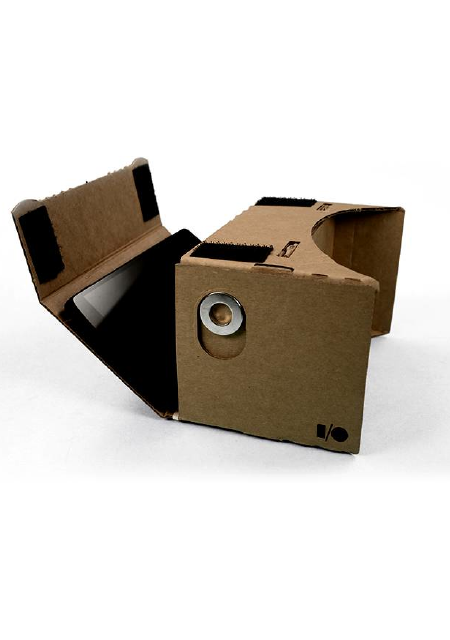
Mobile VR
-
Samsung Gear VR coming to market in the coming month or so (Monetizable from around april)
- Very high quality VR experience.
- Less focused on games. No position tracking.
- Ideal for entertainment, serious games, business
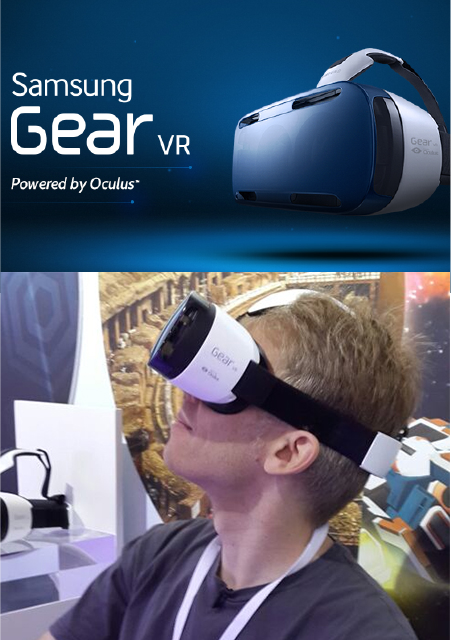
Desktop VR
-
Oculus Rift, Sony Morpheous; release dates unknown
- Ideal for PC games, simulators & demo installations.
- Initially a niche consumer market (peripherals)
- Best VR experiences available.
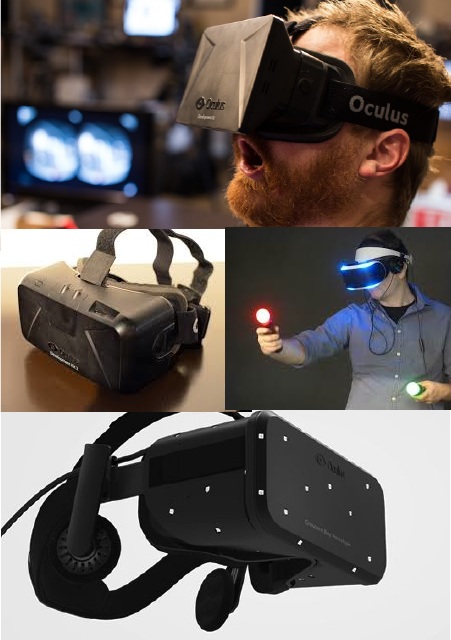
Developing for VR...
And designing projects for it
It's a completely new space
- Many things you think will work, probably wont
- Many things you think won't work probably will
- The shape and size of the consumer market is completely unknown
So how on earth do you work in this space?!
Set Clear High Level Goals
- The best way to make your project work in VR won't be apparent from the outset, but you still need a plan.
- What are the core elements of the project?
- What are the key experiences or targets it should deliver on?
Constant prototyping.
- You won't know if something is good until you build at least two of it
- Always build several prototypes of every feature you want to add.
- Test them on users (never yourself) and pick the one that they respond best to.
Go super agile.
- The worst enemy you can have is a fixed and detailed long term plan.
- Things will change often and plan time for setbacks.
- Use methods like agile, scrum, kanban etc to organize your project as you go
What we know works well in VR
Seated & Cockpit experiences/Games
- EVE-Valkarie, Elite, Warthunder, Oculus Cinema
- Very convincing experience, encourages the user to look around. Main experience in front and extra info at sides.
- User is given a virtual, static seat to match the real one they're sitting in

Disembodied camera experiences/Games
- Lucky's tale, Land's end, map viewers
- The user's vision is a floating camera that is static or able to move slowly through the world
- These are mostly seated experiences but
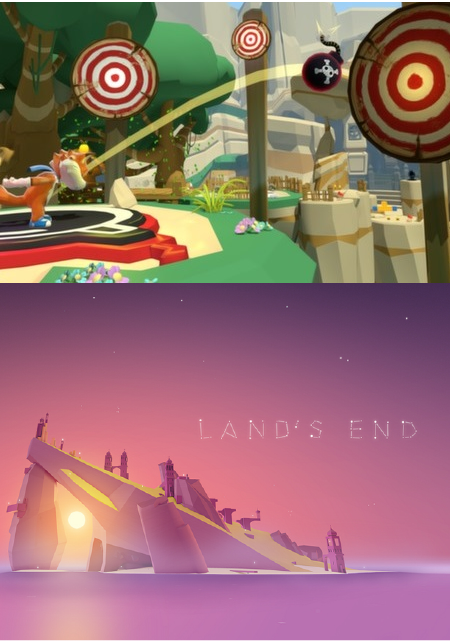
Body tracking experiences/Games
- Hoverboards INC, XTODIE, Tail Drift VR
- Difficult to develop as controls must be uniquely built to game experience.
- Often requires extra hardware.
- (my personal favourite)
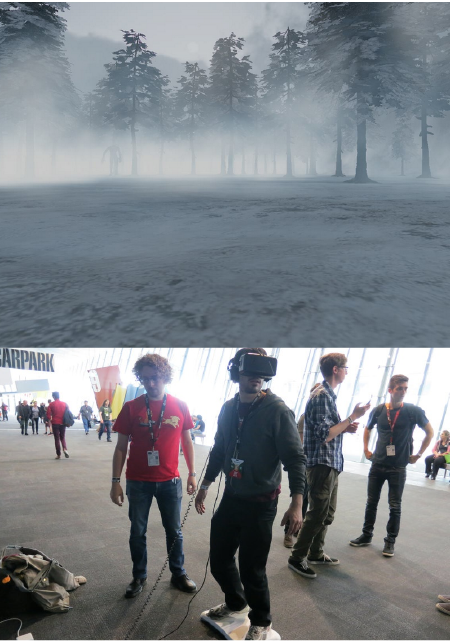
What we know doesn't work so well in VR
First person shooter games
- Team fortress 2, Half life 2
- Someone will be able to make a decent FPS game for VR, but patching existing ones doesn't work well most of the time.
- Quake 2 oddly is an exception, it plays really well, not sure why though!
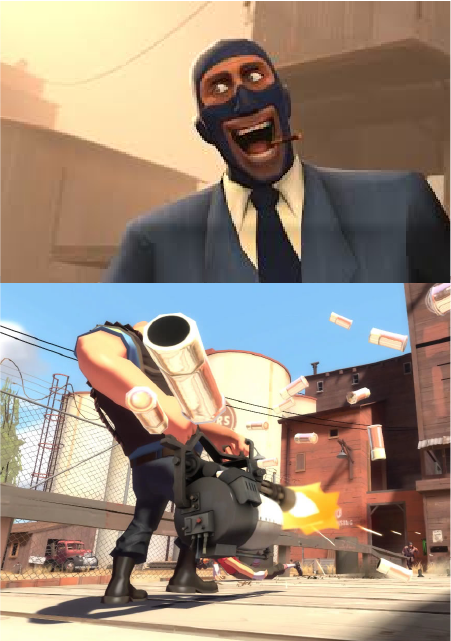
3rd person games with camera follow
- Hard to find examples, people don't develop these past a first test it seems.
- Behind player cameras do not work in VR, they have lots of movement and rotate "without permission".
- It's also really disconcerting.

Traditional MMO/Open world RPg games
- Everyone keeps asking for these. I really wish they would stop.
- Text and complex interfaces aren't easy to use & read in VR.
- We are going to get VR based MMOs but they won't be like the MMORPGs we have now.
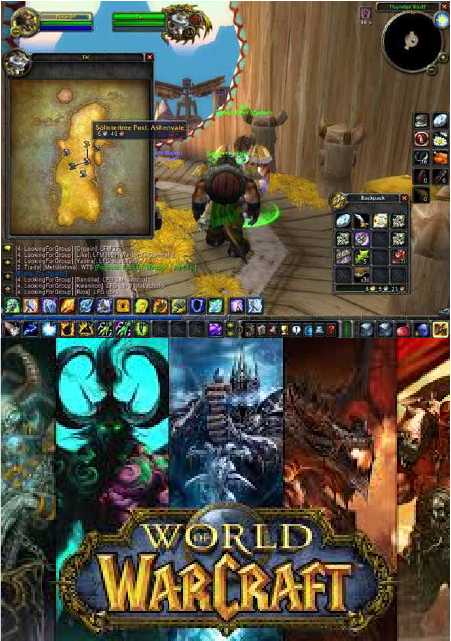
Questions?
deck
By cratesmith
deck
- 1,983


